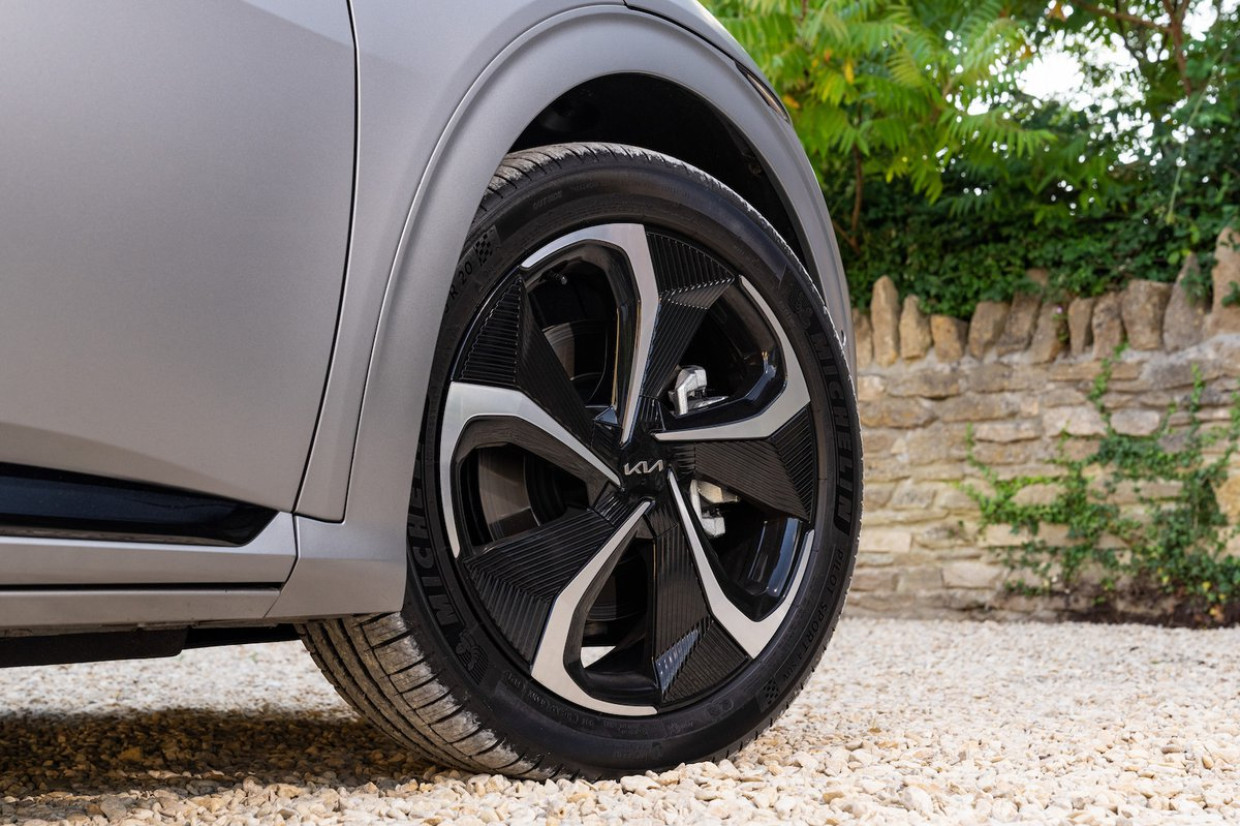
The main reason for the electrification of cars in general has less to do with “it’s clean and doesn’t involve burning stuff”, its because the energy fed into the car to move it along the road can be recovered when it slows down. That’s what regenerative braking is all about.
Heaving a wheelbarrow full of muck, lugging a heavy wheelie bin out or pushing a heavy shopping trolley might take a fair bit of puff from standstill but once moving on a smooth surface the job becomes easier. All three have gained kinetic energy by dint of the work done by the heaver, lugger or pusher and that energy will keep it moving until friction uses it up. It’s why a car coasts and doesn’t stop dead when the power is switched off.
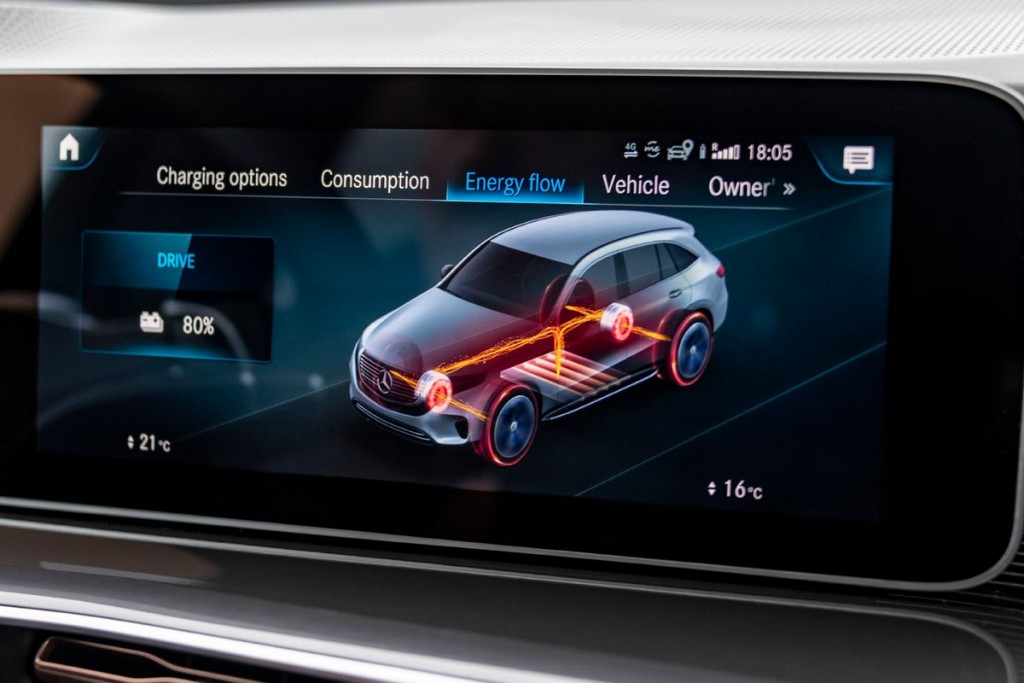
There are a few ways to stop a car once it’s moving. One is to apply a brake of some sort whether it be wheel brakes or engine braking, another is an incline in the road or something pushing against it in the opposite direction, like a strong wind or a stationary object. What all those things have in common is that the car stops but the kinetic energy in the car, the fuel used to put it there and the work done is wasted.
How efficient are electric cars?
Enter regenerative braking which can slow the car while generating electricity. Stored in the battery of an EV or full hybrid, it can re-used to accelerate the car and the process starts again. Regenerative braking is possible because electric motors and generators are essentially the same thing.
Feed one with electricity and it produces torque, spin it mechanically and it will generate electricity, but here’s the thing. Generators are converting mechanical energy into electrical energy, not generating electricity for free. The force needed to spin a generator is aligned with the amount of power it produces which in the case of an EV motor, is a lot. Connected to the drivetrain, the effort involved in generating electricity is enough to act as a powerful brake.
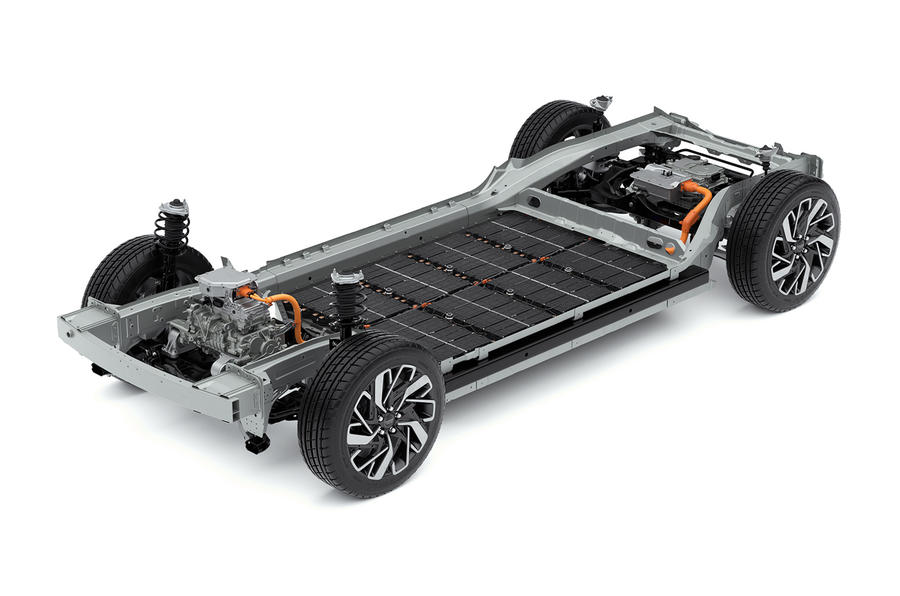
The difference between regenerative braking and conventional friction brakes on each wheel, is that conventional brakes convert the kinetic energy in the car into heat, so it’s all wasted. That is why taking advantage of regenerative braking to slow the car in normal day-to-day driving not only benefits the environment, but saves the driver money. It means more of the money spent on charging goes into running the car instead of being wasted as heat by using the brake pedal.
The tricky bit for engineers is blending the braking force of the regen with that of the conventional brakes when the driver presses the brake pedal. Since electronics has played a major part in braking systems for decades now, with ABS and the electronic stability control (ESC), the way was open to link hydraulic brakes with the regen by re-designing those elements of the braking system. The blending of mechanical and electronic is “calibrated” in software so the effect is transparent to the driver.
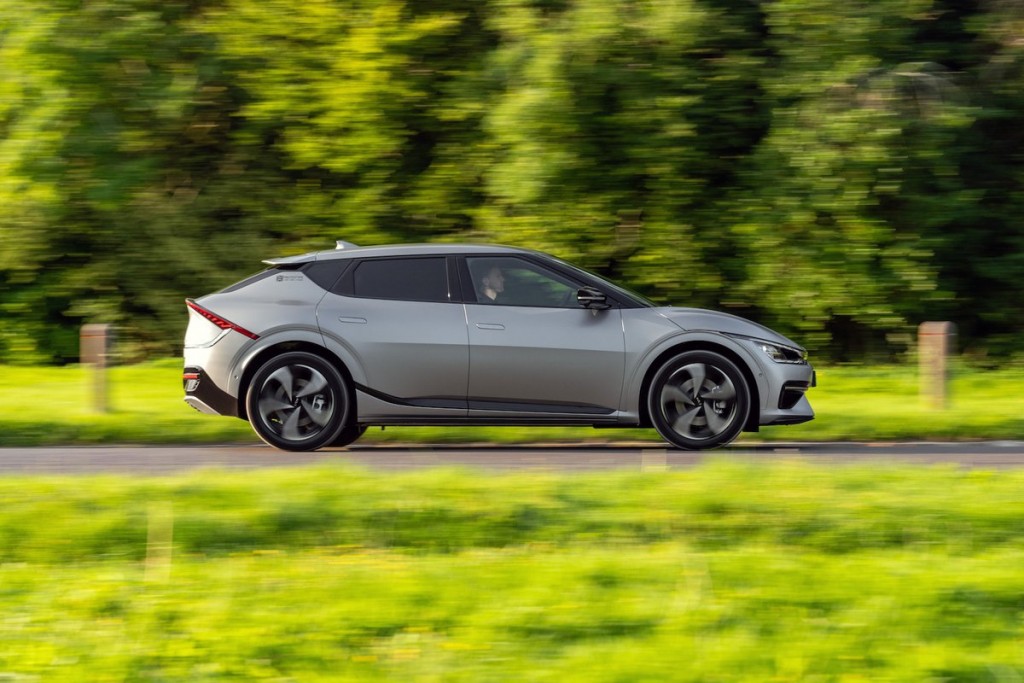
The latest in EV regenerative braking is “one-pedal” driving which means the car can be accelerated, slowed and even stopped just with the accelerator pedal with no need to use the brake pedal at all. With Kia Regenerative Braking for example, using the paddles to set the maximum level three regerative braking provides serious retardation. Holding the left paddle means the car will slow to a complete stop by lifting the right foot completely.
Revealed: how winter weather affects real-world range
Another useful feature of a good regenerative braking system is the opportunity to link it to the car’s Autonomous Emergency Braking function. If the Kia system is in automatic mode, when the AEB sensors “see” an approaching stationary traffic queue and the driver lifts off, the rate of regen will increase the closer the car gets.
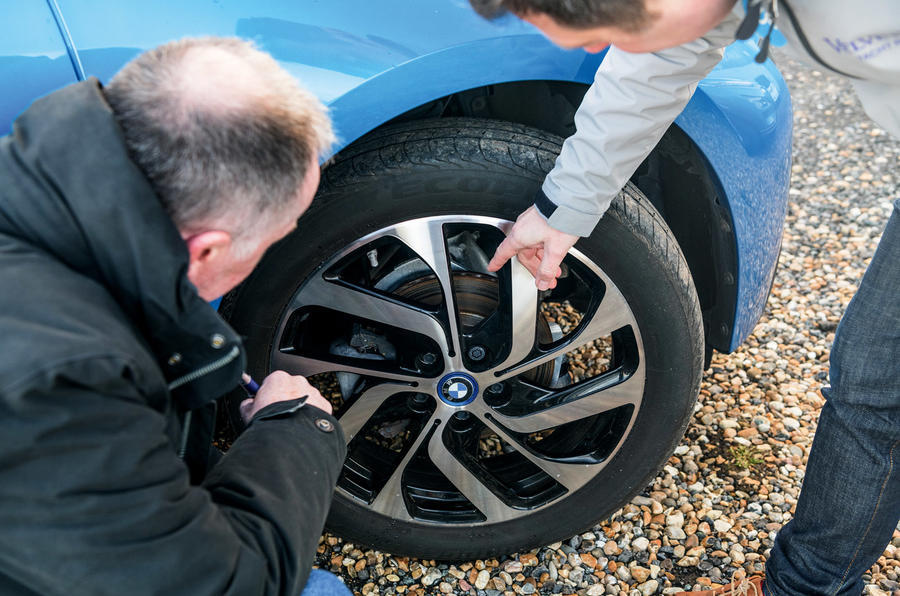
The systems are mechanically failsafe as they always have been, so braking cannot be compromised by an electronic failure. None of these features are difficult to use and it’s worth getting to know how they work. Not only will they save money and increase range but they encourage completely new driving styles that can be a lot of fun too.
JESSE CROSSE
READ MORE
Subscribe to the Move Electric newsletter
e-CARS
New Volkswagen ID Buzz: everything you need to know
How efficient are electric cars?
e-BIKES
Ducati expands e-bike range with first racing machine
e-MOTORBIKES
New Yamaha Neo is Europe-bound '50cc equivalent' electric moped
Electric Motion Epure Race e-motorbike review
e-SCOOTERS
Eskuta KS-450 e-scooter review
Taito unveils innovative new three-wheeled electric scooter
e-WORLD
Electric surfboard firm Awake aims to make waves with first e-foil
Volta Zero electric truck can 'dramatically improve' inner-city road safety

